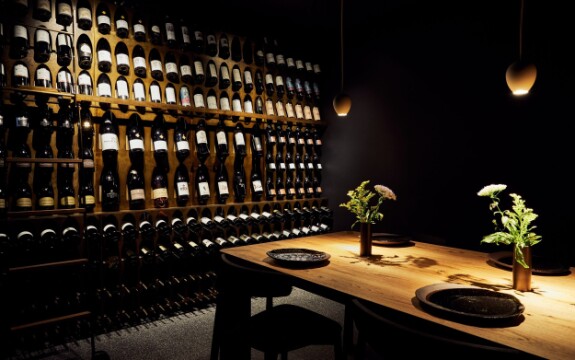The Origins of Italian Wine

With more than 400 types of grapes that are grown and produced across 20 regions of Italy, wine has become a symbolic icon for the country. Using effective methods such as viticulture to grow and harvest the grapes, the Etruscans, Greeks, and Romans all played a part in the introduction of vineyards across a large area of Italy.
Under Ancient Rome a large movement of slaves helped to mass-produce wine across the shores of Italy which contributed to the set up of trade and export. The land was so full of plantations by early AD 92 that the emperor Domitian was forced to remove the vineyards to free up land to grow food. Italian wine is responsible for over 19 percent of global production above France and Spain.
Variety of wine colour, strength and body
There are over 500 unique varieties of Italian wine, each with their own colour and strength. Each wine has its characteristics and can be complemented with different foods. The wine's colour can indicate age and alcohol content. The main differences of wine are the colour, age, acidity, flavour and grape variety used. A few of the strongest Italian wines are Barolo and Barbaresco, a spicy and fiery full-bodied red wine at 13.5 percent strength. An example of a weaker wine from Italy is from the sparkling white wine range such as Moscato d’Asti at only 5.5 percent strength.
In total there is a range of seven different wines to cater for the consumer market, these are white, red, rose, dessert, fortified, orange and sparkling wine. The wine's colour range is determined by the grapes used in production. The grapes used to make wine all hold separate tastes and are responsible for giving the wines their character. Red or black grapes tend to provide sweet flavours, whereas green grapes have sour and tangy properties.
The body of a wine refers to the sensation it emits in the mouth and its flavour and viscosity. A light-bodied red wine will generally be of less strength around 12 percent and under, with the example of Pinot Noir and Grenache. These wines tend to be easier to drink and have fewer tannins than a medium wine.
Medium-bodied red wine ranges between 12.5 and 13.5 percent such as Merlot and Shiraz. These medium Italian wines go particularly well with Pasta and fish dishes. A Full-bodied red wine would be anything over 13.5 percent alcohol and hold more complex flavours and are richer in taste. Examples of full-bodied wine would include Cabernet Sauvignon and Zinfandel.
The body and texture of white wine are identical to those of red wine.
A light white is any white wine under 12.5 percent alcohol strength and is often found at the cheaper end of the market. These wines go great with many food dishes such as seafood, grilled white meat, fish dishes and also Mexican food. A popular example of a light white Italian wine is Pinot Grigio.
The alcohol percentage of a medium white wine is usually between 12.5 and 13.5 percent. Chenin Blanc and Pinot Gris are two that come to mind. It pairs well with seafood, such as scallops, or with a healthy salad.
Full white wines have a high alcohol content of over 13.5 percent. They tend to hold more complex flavours and offer a heavier mouthfeel. The flavours you would experience from an Italian Chardonnay wine would consist of vanilla, butter and even caramel from the oak.
Ageing red and white wine
The time taken to age wine depends on the region of where the grapes were grown and the colour of the wine. For instance, red wine takes a lot longer to age than white due to the process of maturation.
To gain the flavours of its barrel, red wine must be aged in oak barrels in a dark and undisturbed environment. The time it takes to mature is a long process that finally causes the red wine to lose its depth of colour.
Stainless steel, oak, and ceramic vessels are used to age white wine. Once the wine is bottled, the ageing process continues, allowing the wine to gain strength and mature for another two years before being consumed.
Resources: